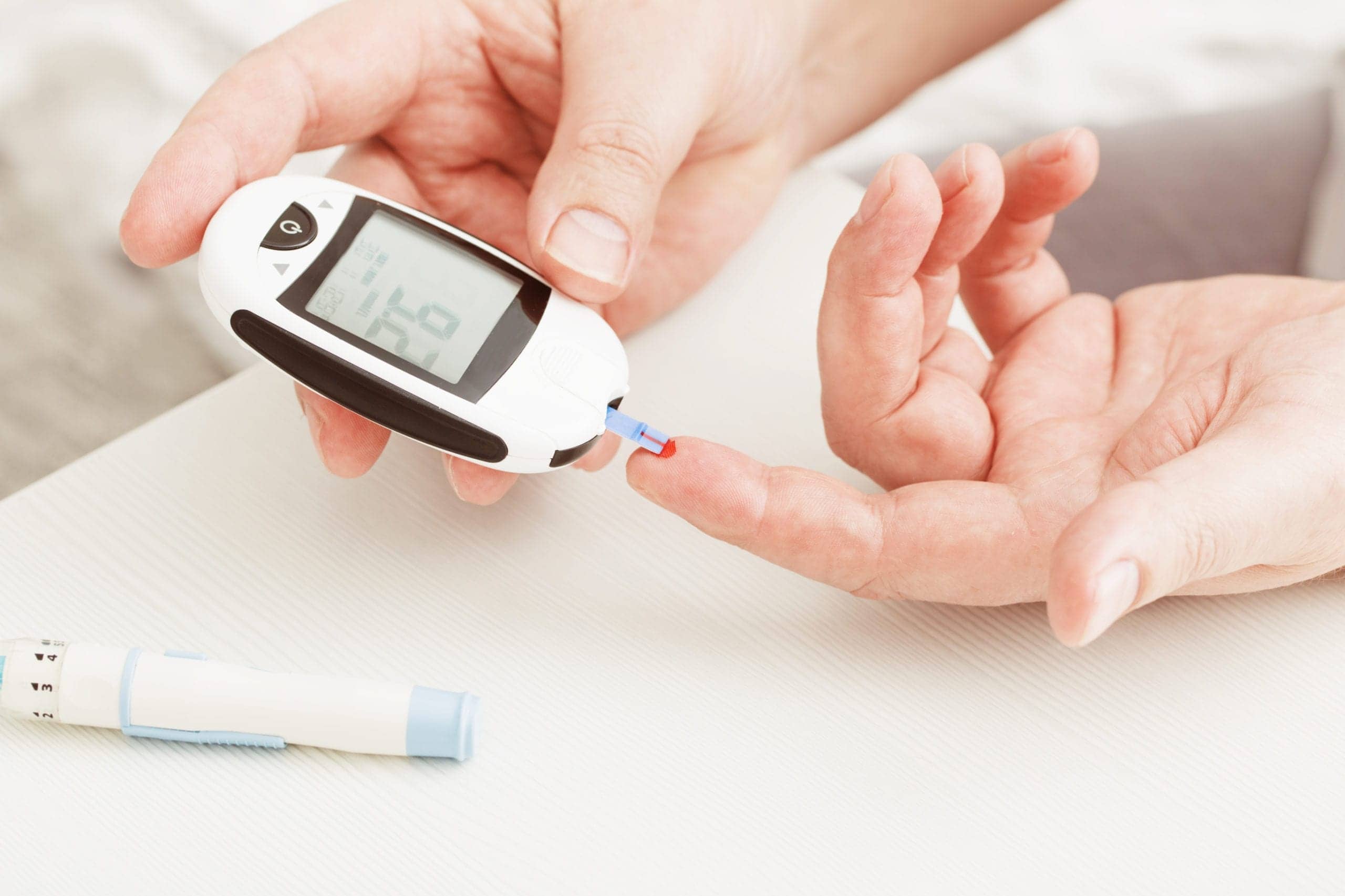Impact of Light and EMF on Cortisol, Melatonin, and Blood Sugar
 |
| Filtering blue light at night: blockbluelight.com |
By John Fisher, PhD
In today’s world, our exposure to artificial light is nearly constant. From computer screens to LED lighting, and even WiFi and cell phone signals, our bodies are absorbing unnatural frequencies of light. This exposure can significantly impact our health, especially when it comes to hormones like cortisol and melatonin, and metabolic processes such as blood sugar regulation. Understanding how to mitigate these effects is crucial for maintaining optimal health.
1. The Role of Cortisol, Melatonin, and Blood Sugar
Cortisol, the body’s stress hormone, naturally rises in the morning with exposure to sunlight, helping you wake up and feel alert. In contrast, melatonin, the hormone responsible for regulating sleep, begins to rise in the evening when light exposure decreases, signaling the body to rest.
However, when we expose ourselves to non-native electromagnetic fields (nnEMF) or artificial light at night (ALAN), especially blue light from screens and LEDs, we disrupt this natural rhythm. Blue light delays melatonin production and increases cortisol, which can lead to high blood sugar levels, poor sleep, and metabolic issues over time.
For more information on the connection between light exposure and health, this article contains over 5,400 references documenting the effects of artificial light on well-being.
2. Reducing Blue Light Exposure
Managing your light environment is key to maintaining healthy cortisol and melatonin levels. Here are some actionable tips to reduce artificial light exposure:
Change Device Settings: Use the low blue light emission settings on all devices, including phones, tablets, and computers, throughout the day, not just at night. Reducing blue light will help minimize the disruption to your circadian rhythm.
Avoid Artificial Light After Sundown: Once the sun sets, avoid using any form of artificial light as much as possible. Red, orange, and yellow light frequencies, such as from candles or campfires, are more natural for your body. Anything in the blue spectrum (including from WiFi and phones) can elevate cortisol and blood sugar levels.
Turn Off or Reduce nnEMF Exposure: WiFi, phones, and other electronic devices emit light frequencies that are part of the electromagnetic spectrum. Turning off WiFi, unplugging devices, and switching phones to airplane mode at night can help reduce exposure. If you want to check if you live near a 5G station or other power sources that could be affecting your health, you can use this tool to check the proximity of towers and antennas.
3. Consider Light-Blocking Glasses and Bulbs
For those who need to use screens after dark, it’s essential to take additional measures to minimize the impact of blue light.
Use Blue Light Blocking Glasses: Even on low blue light settings, screens still emit harmful blue light frequencies. Wearing blue light-blocking glasses is a great way to protect yourself. There are affordable options available on Amazon, but for higher quality, consider brands like TrueDark or BlockBlueLight.
Switch to Red or Blue Light-Free Bulbs: At night, use red light bulbs or blue light-free bulbs to light your home. Red light is the most natural for the evening and least likely to disrupt your melatonin production. Blue light-free bulbs are also a good option if you need more light for activities, though they may still emit some green light, which isn’t ideal for nighttime use.
4. Natural Lighting Options: Fireplace and Candles
Using natural light sources like a fireplace or candles is an ideal solution to avoid artificial light at night. These light sources emit only the red, orange, and yellow frequencies, which are much easier on the body’s natural rhythms. If it’s feasible, relying on these options for evening lighting can greatly improve your sleep quality and overall health.
5. Be Mindful of Your Environment
Finally, it’s important to be aware of your surroundings when it comes to nnEMF. If you live near a 5G tower, power station, or other major electromagnetic sources, you may be exposed to higher levels of radiation, which can exacerbate health issues, including hormonal imbalances and disrupted blood sugar regulation. You can use this resource to find out if there are any major EMF sources near your home.
Conclusion: Small Changes, Big Impact
Making gradual changes to reduce your exposure to blue light and nnEMF can significantly improve your overall health by promoting better sleep, balanced blood sugar, and a properly functioning circadian rhythm. Whether you start by turning off devices before bed or using blue light blocking glasses, these steps will help protect your body from the negative effects of artificial light. For more information and resources, check out BlockBlueLight, and always prioritize getting as much natural sunlight as possible during the day to support optimal cortisol and melatonin levels.
Source: email from Dr. Chris Bosler


